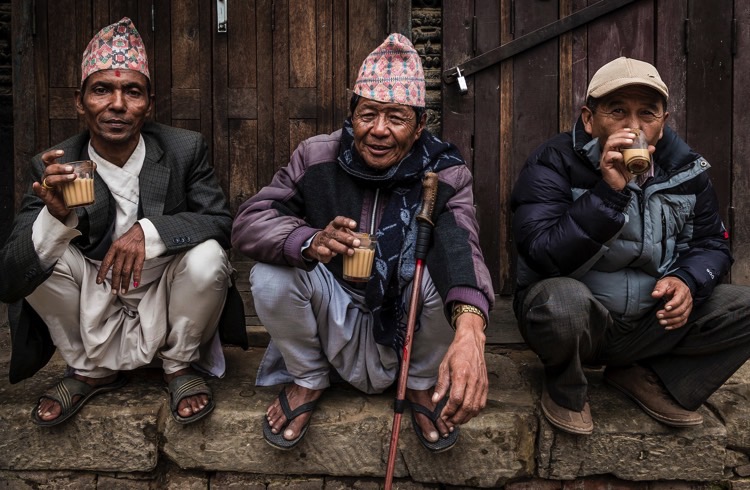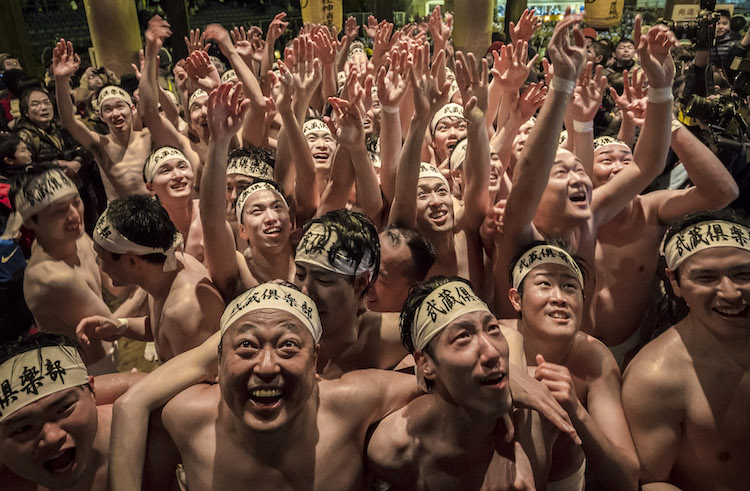A photograph can say more than a thousand words, but it can also say very little.
While few travellers hit the proverbial road without a camera these days, be that an iPhone or a complete SLR system with a bag full of lenses, tripods and accessories, there is a vast difference between taking photos – even excellent photos – and being a good travel photographer.
Browse a top-quality travel magazine and, even if you can’t quite put your finger on what it is, you’ll be able to tell good travel photography from the rest.
There are many things to consider when photographing:
- It helps to know who your audience is, and to decide before stepping out the door the kinds of images you hope to capture.
- Mastering light and composition is of course crucial, but there are already countless guides to help with that.
- Choosing your equipment with care matters too, as does your creative flair: it’s always good to find unique angles and perspectives.
Important as these factors are, however, they apply to more or less every kind of photography, and they are not enough to make you a great travel photographer.
So what’s the missing ingredient?
The key is telling a compelling story.
Although stand-alone images can be extremely powerful, capturing the same scene or event from different perspectives is almost always even more so. The aim is generally to draw the viewer in, to create a sense of curiosity and wonder, and to provide enough context to make him or her feel present in the scene.
To achieve this, you need more than a series of ever-so-good photographs taken from the same perspective: you need to mix it up. To achieve a good balance, aim for each of the following:
1. Overview Shots
Step back, zoom out, provide context and setting for the story you are telling. Try to capture the atmosphere of the scene. For a different view, gaining some altitude can completely transform a picture.
2. Action Shots
If you are telling a story, something needs to happen. Try to capture something that helps define your experience, whether it is a group of women laughing, fishermen pulling up a net or a kayaker battling the rapids. This is a great time to get up-close and personal – try using a wide-angle lens.
3. Detail Shots
Portraits, close-ups, patterns. Look for interesting details that capture your attention, but that may not be immediately visible. Sometime, of course, the distinctions are not that clear-cut – an action scene might also provide a good overview, or it might work well as a portrait. As long as all three subjects are present in your story you are good to go. Good luck and have fun!
About the Author
Marcus Westberg is an award-winning photographer and a regular contributor to Africa Geographic, NationalGeographic.com, Vagabond and Huffington Post. View more of his work on his website and on Facebook.
Related articles
Simple and flexible travel insurance
You can buy at home or while traveling, and claim online from anywhere in the world. With 150+ adventure activities covered and 24/7 emergency assistance.
Get a quote

No Comments